Mackerel Fish is a flavorful and nutritious fish that is enjoyed in many cuisines worldwide. Known for its oily, rich meat, mackerel is not only delicious but also packed with omega-3 fatty acids, which are beneficial for heart health. Whether fresh, canned, smoked, or grilled, mackerel is versatile and can be used in a variety of dishes.
Here’s a comprehensive guide on mackerel fish — including types, health benefits, buying, storing, and cooking tips!
Types of Mackerel Fish:
Mackerel belongs to the Scombridae family, and there are many species, but the most common ones consumed are:
1. Atlantic Mackerel:
-
Description: A widely known species, the Atlantic mackerel has a firm, flavorful, and oily meat. It’s often the mackerel species found in grocery stores and seafood markets.
-
Flavor: Its taste is mildly fishy and rich, making it great for grilling, smoking, or baking.
2. King Mackerel:
-
Description: Larger than the Atlantic mackerel, the King mackerel has a more intense flavor and firmer texture. It’s found mostly in the Gulf of Mexico and the Atlantic Ocean.
-
Flavor: Known for a stronger, slightly more gamey taste, it’s often grilled or broiled.
3. Spanish Mackerel:
-
Description: This species is often found in warmer waters and is popular in Southern U.S. cuisine.
-
Flavor: Its flavor is mild and the texture is less oily than the other types, making it ideal for frying, grilling, or baking.
4. Pacific Mackerel:
-
Description: Found in the Pacific Ocean, this mackerel species has a similar flavor to the Atlantic variety but is smaller in size.
-
Flavor: Mild and slightly sweet, often used in canned forms or in fish tacos and salads.
Health Benefits of Mackerel:
Mackerel is considered one of the healthiest fish to eat due to its nutritional content:
-
Rich in Omega-3 Fatty Acids:
-
Mackerel is an excellent source of omega-3 fatty acids, which are vital for heart health. They help lower blood pressure, reduce triglycerides, and decrease the risk of cardiovascular diseases.
-
-
High in Protein:
-
It’s packed with high-quality protein, which is important for muscle growth, tissue repair, and overall body function.
-
-
Vitamins and Minerals:
-
Vitamin D: Mackerel is one of the few natural food sources of vitamin D, which is crucial for bone health and immune function.
-
B Vitamins: Mackerel is rich in B12, which supports red blood cell formation and brain function.
-
Selenium: This mineral is an antioxidant that plays a role in immune health.
-
-
Low in Mercury:
-
Mackerel, especially Atlantic mackerel, is low in mercury compared to other fish like swordfish or tuna, making it a safer choice for regular consumption.
-
How to Buy Mackerel Fish:
When purchasing mackerel, it’s important to look for quality and freshness. Here’s how to choose the best mackerel:
Fresh Mackerel:
-
Color and Texture: Fresh mackerel should have shiny, silver skin and firm, moist flesh. The meat should be transparent (not opaque) and free from any off-putting smells.
-
Smell: Fresh mackerel should smell like the ocean – clean and briny, not overly fishy.
-
Eyes: The eyes of fresh mackerel should be clear and bulging, not sunken or cloudy.
-
Skin: The skin should be bright and reflective, indicating freshness.
-
Sustainability: Look for mackerel from sustainable fisheries (certified by organizations like the Marine Stewardship Council).
Frozen Mackerel:
-
If fresh mackerel isn’t available, frozen mackerel can be a good alternative.
-
Packaging: Ensure that the frozen mackerel is well-packaged and free of freezer burn.
-
Thawing: Thaw frozen mackerel in the refrigerator overnight before cooking.
Canned Mackerel:
-
Choose Quality Brands: Canned mackerel can be a convenient option. Look for canned mackerel in water or olive oil for a healthier choice.
-
Check for Added Ingredients: Some canned mackerel comes with added preservatives or salt, so check the label for any unwanted ingredients.
How to Store Mackerel:
-
Fresh Mackerel: Fresh mackerel should be stored in the refrigerator and eaten within 1-2 days of purchase for the best flavor and texture. If you can’t eat it immediately, consider freezing it.
-
Frozen Mackerel: Store frozen mackerel in the freezer, ideally in airtight packaging, to preserve its quality.
-
Canned Mackerel: Store canned mackerel in a cool, dry place. Once opened, any leftover canned mackerel should be transferred to an airtight container and refrigerated, where it will last for 1-2 days.
How to Cook Mackerel Fish:
Mackerel is a versatile fish that can be prepared in several ways to suit different cooking styles. Here are a few popular methods:
1. Grilling Mackerel:
-
Step 1: Preheat your grill to medium-high heat.
-
Step 2: Clean the mackerel, removing the gills and internal organs, then pat it dry with a paper towel.
-
Step 3: Brush the fish with olive oil, season with salt, pepper, and any preferred herbs (such as garlic, thyme, or rosemary).
-
Step 4: Place the fish on the grill and cook for 4-5 minutes per side, until the flesh is opaque and flakes easily with a fork.
-
Step 5: Serve with a side of lemon wedges and a drizzle of olive oil.
2. Pan-Fried Mackerel:
-
Step 1: Heat a skillet with some vegetable oil or butter over medium-high heat.
-
Step 2: Season the mackerel with salt, pepper, and paprika (or your preferred spices).
-
Step 3: Place the fish in the pan and cook for about 4-5 minutes per side until crispy and golden brown.
-
Step 4: Serve with fresh herbs and a squeeze of lemon juice.
3. Baking Mackerel:
-
Step 1: Preheat your oven to 375°F (190°C).
-
Step 2: Clean the mackerel and pat dry. Place the fish on a baking tray lined with parchment paper or foil.
-
Step 3: Drizzle with olive oil, sprinkle with garlic, and add any herbs or spices you like (rosemary, thyme, etc.).
-
Step 4: Bake for 15-20 minutes, or until the fish is cooked through and flakes easily with a fork.
-
Step 5: Serve with roasted vegetables or over a bed of rice.
4. Smoked Mackerel:
-
Step 1: You can buy pre-smoked mackerel or smoke your own at home. If smoking at home, you’ll need a smoker or a grill set up for indirect heat.
-
Step 2: Smoke the mackerel for 30-40 minutes, depending on the size, until it’s fully cooked and has absorbed a smoky flavor.
-
Step 3: Serve smoked mackerel on toast, in salads, or with a creamy dip.
5. Mackerel Curry:
-
Step 1: Heat a large pot and sauté onions, garlic, ginger, and spices (such as cumin, turmeric, coriander) in oil.
-
Step 2: Add chopped tomatoes and cook until softened, then add coconut milk or tomato paste for the curry base.
-
Step 3: Add the mackerel pieces and simmer in the sauce for about 15 minutes until the fish is cooked through.
-
Step 4: Serve with rice or naan bread.

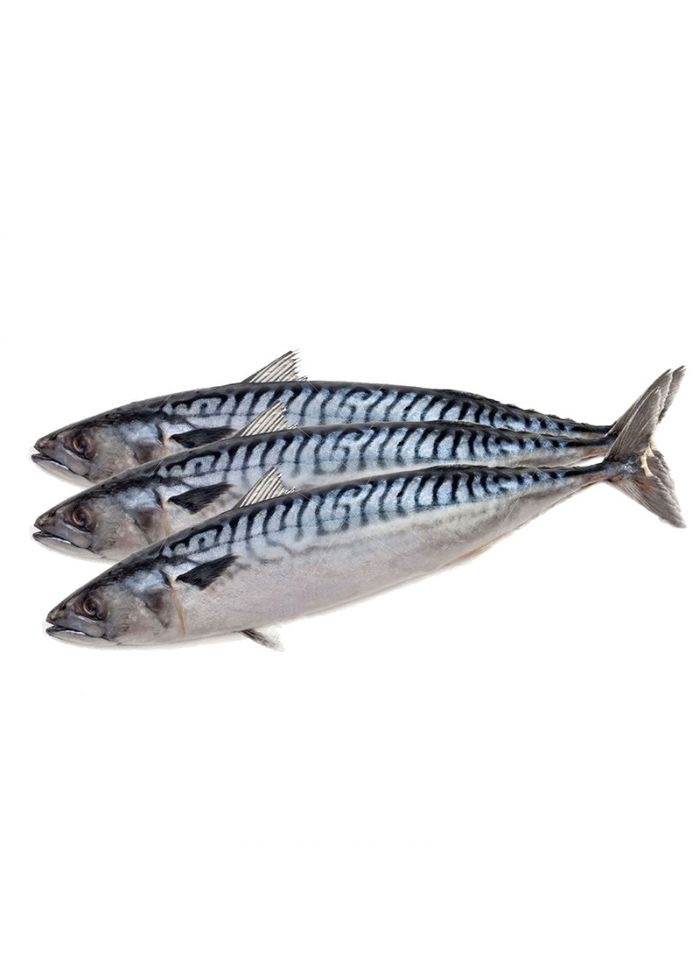
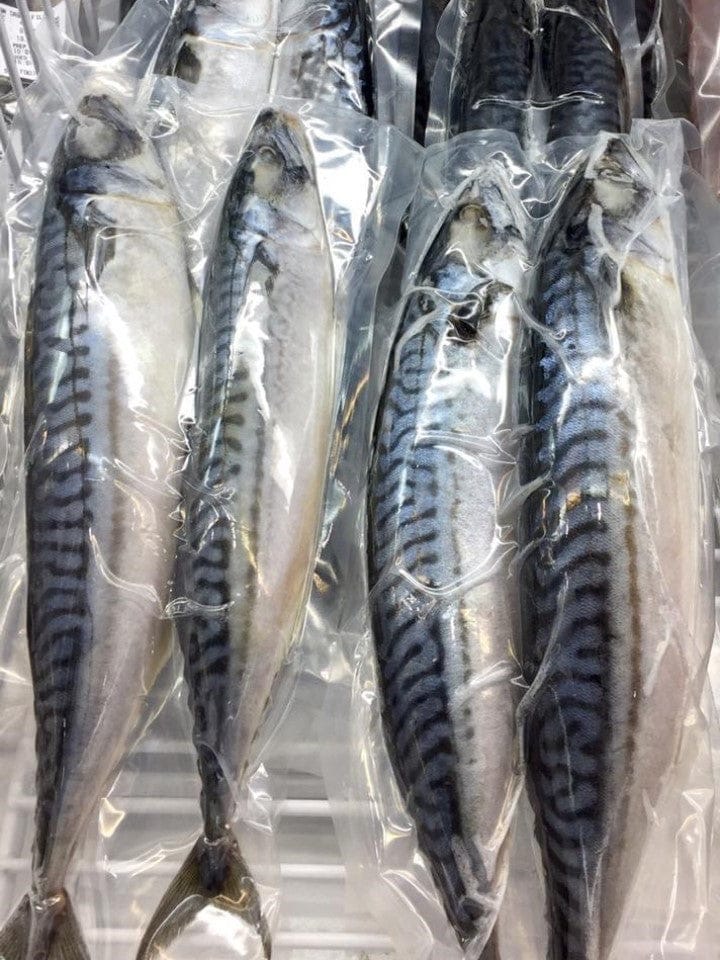
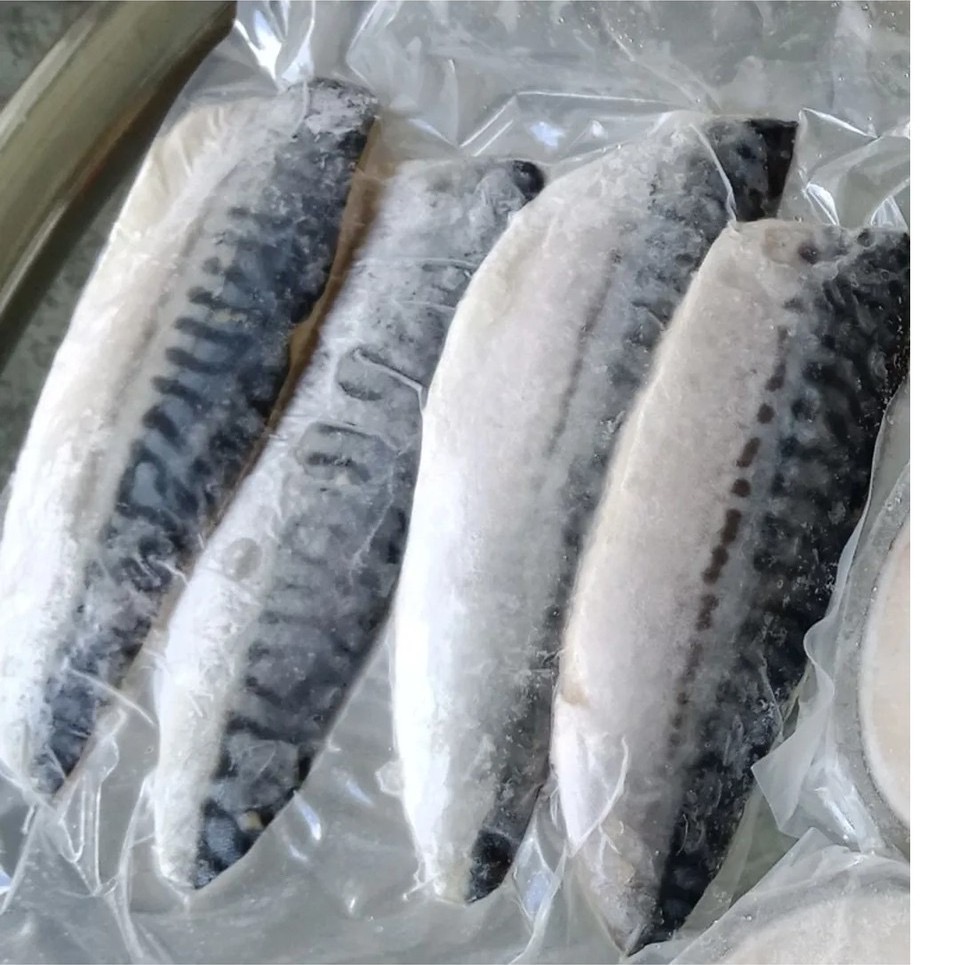
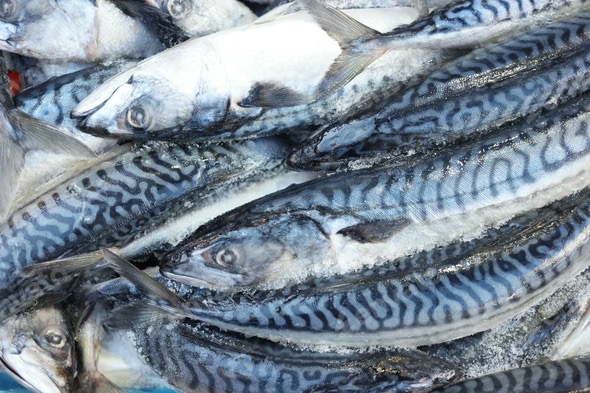
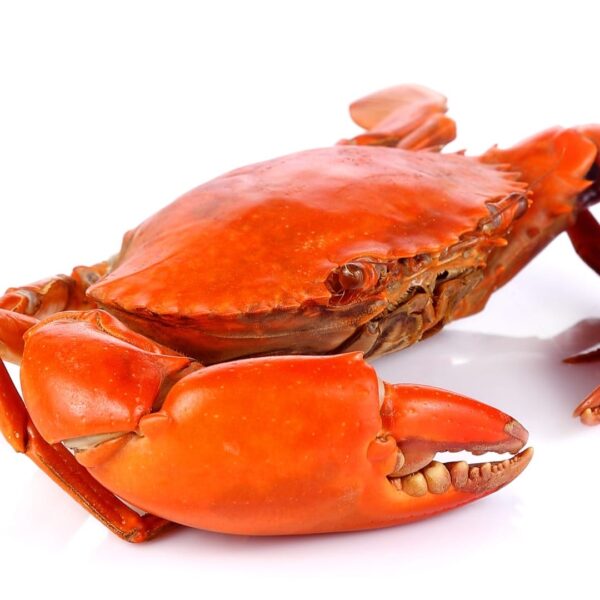
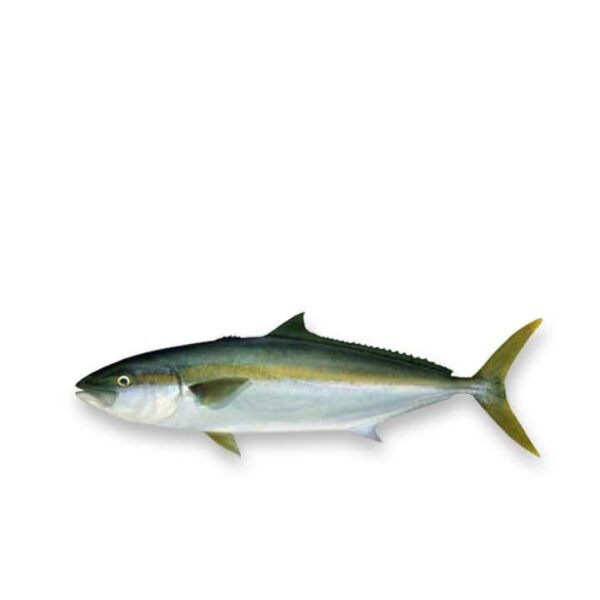








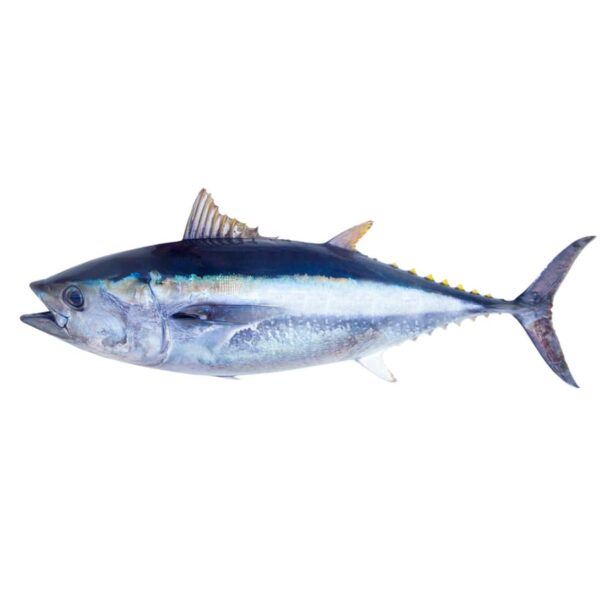

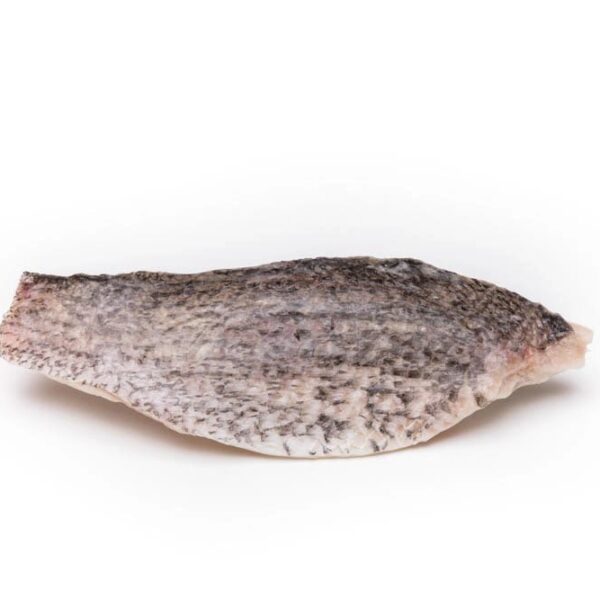

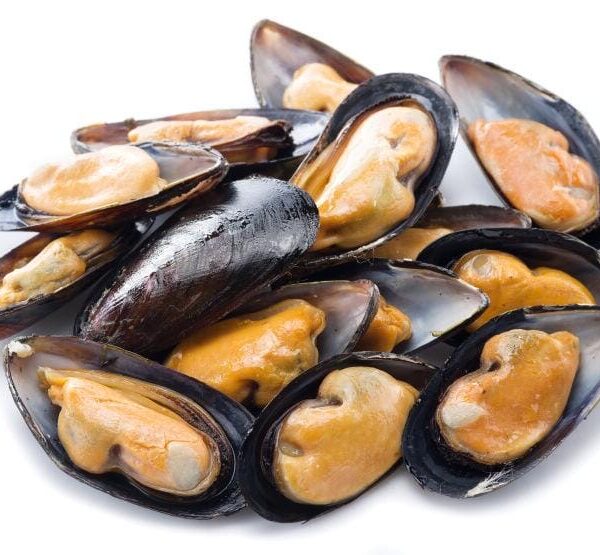
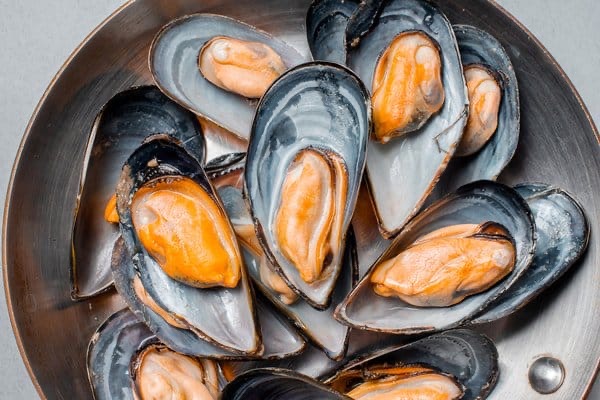
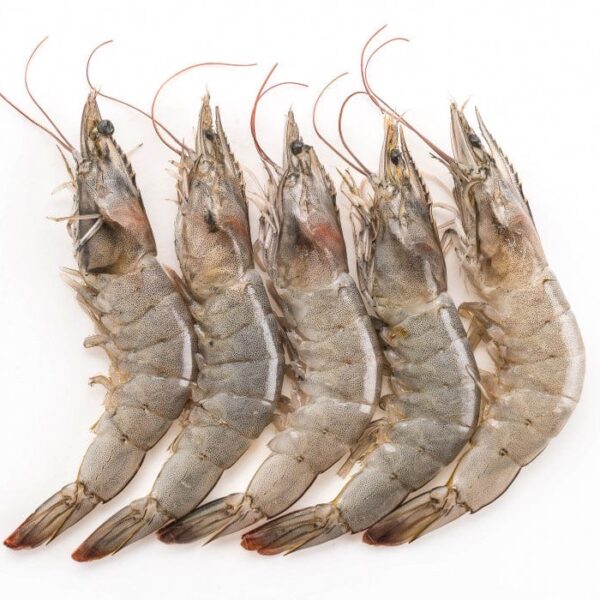
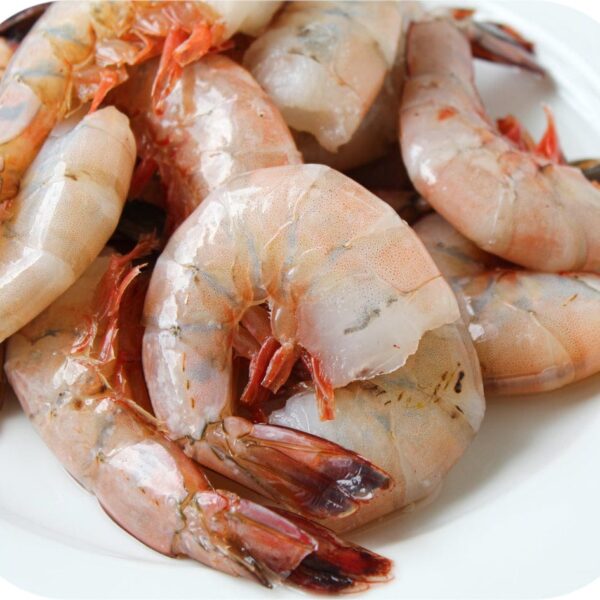
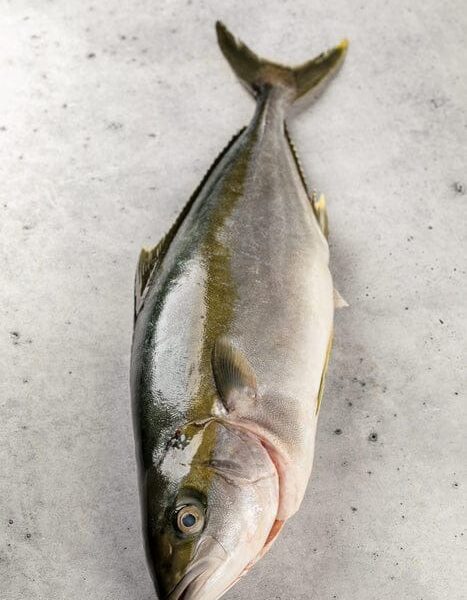

Reviews
There are no reviews yet.